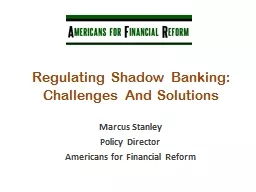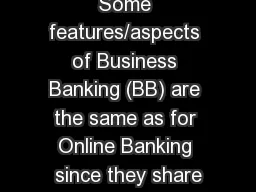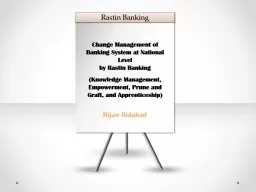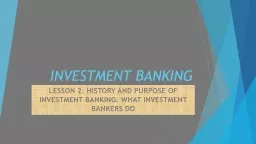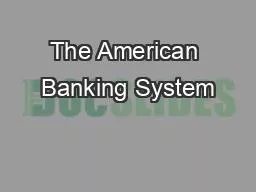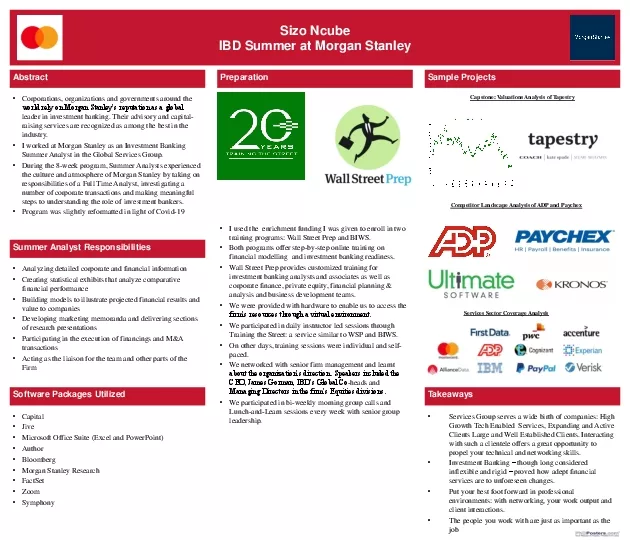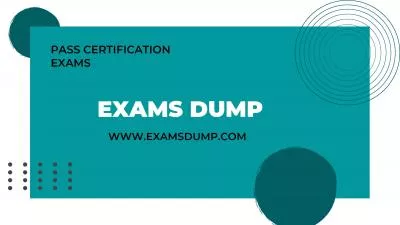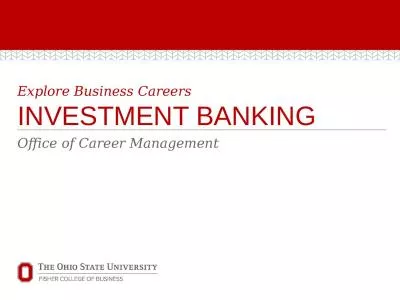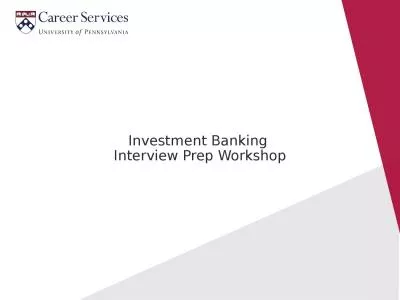PPT-INVESTMENT BANKING
Author : alexa-scheidler | Published Date : 2016-06-11
LESSON 15 SEEING HOW SOME COMPANIES LIE CHEAT amp STEAL THEIR WAY TO THE TOP Investment Banking 2 nd edition Beijing Language and Culture University Press 2013
Presentation Embed Code
Download Presentation
Download Presentation The PPT/PDF document "INVESTMENT BANKING" is the property of its rightful owner. Permission is granted to download and print the materials on this website for personal, non-commercial use only, and to display it on your personal computer provided you do not modify the materials and that you retain all copyright notices contained in the materials. By downloading content from our website, you accept the terms of this agreement.
INVESTMENT BANKING: Transcript
Download Rules Of Document
"INVESTMENT BANKING"The content belongs to its owner. You may download and print it for personal use, without modification, and keep all copyright notices. By downloading, you agree to these terms.
Related Documents


